Vampires and Gnats: When Airplanes Do (or Don’t) Fit Their Names
Aircraft and the creatures that inspired them.
/https://tf-cmsv2-smithsonianmag-media.s3.amazonaws.com/filer/bb/e3/bbe367b5-8119-47b7-a2cf-819d691eb479/ac-130h_spectre.jpg)
Do aircraft take on the characteristics of their namesakes? Could the McDonnell F2H Banshee emit a piercing shriek? (Yes.) Was the de Havilland Dormouse agile and adapted to climbing like the rodent? (It had a maximum speed of 128 mph, pretty good for 1923.) Could you describe the water-loving Grumman G-44 Widgeon as having a steep forehead and bulbous profile like the dabbling duck? (Sure.) We offer six case studies; take a look and decide for yourself.
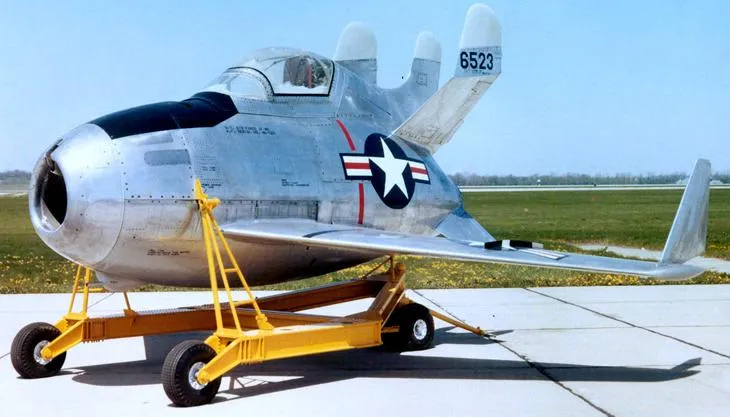
Case Study #1:
Nicknamed the Flying Egg, the World War II-era McDonnell XF-85 Goblin was meant to escort bombers to their destination. How would it get there? The tiny aircraft would fit into the bomb bay of a B-36. The XF-85 was attached to the B-36 by a retractable trapeze mounted in front of the Goblin’s cockpit. Detaching from it was fine; trying to hook back on was a nightmare. Since it wasn’t meant to take off or land on its own, it wasn’t fitted with landing gear. The U.S. Army Air Forces spent about $3.1 million on the program (ten times that much in today’s money) before it was cancelled in 1949. So let’s compare this aircraft to actual goblins, shall we? Goblins are small and grotesque—Check. The XF-85 is just 14 feet long. (The aircraft was so compact that its pilots couldn’t be taller than 5 foot 8.) Goblins live in caves—Check. The XF-85 “lived” in a bomb bay until it was deployed. Gobins are troublemakers—we argue that an aircraft meant to defend bombers from enemy aircraft counts as a “troublemaker.” Score: Thumbs Up.
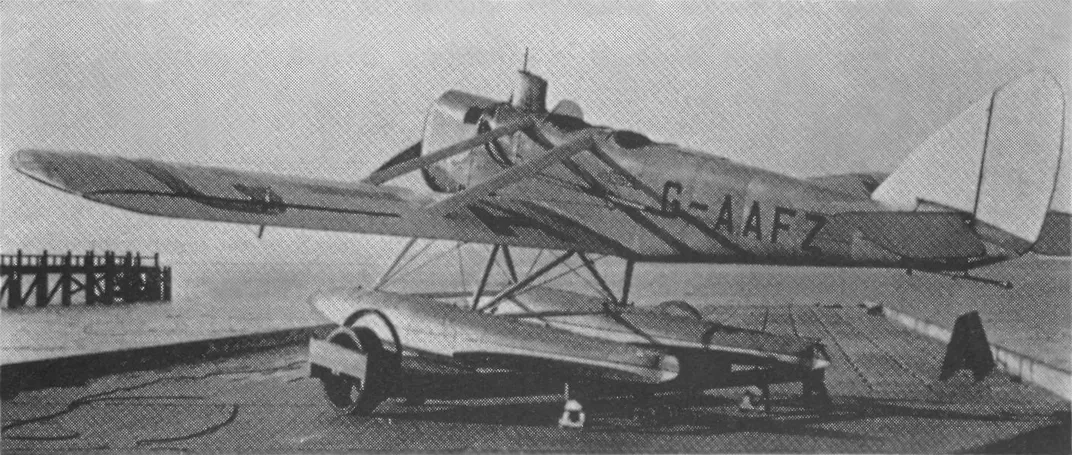
Case Study #2:
The Short brothers’ S.7 Mussel, a low-wing monoplane, was built in 1926 as a prototype for a light trainer. Eustace and Oswald Short had gone into the flying boat market, designing the floats used on the Supermarine S.4 and Gloster III seaplanes entered in the 1925 Schneider Trophy race. Convinced that the aluminum alloy duralumin (rather than wood) would benefit seaplane floats and hulls, the brothers demonstrated this with the Short Cockle in 1924, as well as with the S.7. (The S.7 didn’t go into production; only two were built.) Its estimated maximum speed was 82 mph. But is the Mussel similar to...a mussel? Mussel shells are longer than they are wide—Whoops. The S.7 was 24 feet long and had a wingspan of 36 feet. Mussels get around with the help of a foot—Check. We consider the S.7’s twin floats foot-like. Mussels are found floating on seawater—Check. Score: Meh.

Case Study #3:
The de Havilland Vampire was the first jet aircraft to land on and take off from an aircraft carrier. The aircraft served as an interceptor for the Royal Air Force, entering service in 1946 and used as a front-line fighter until 1953. “I must confess to some excitement tinged with a degree of apprehension,” wrote Wing Commander Maurice A. Smith, in a 1947 Flight magazine piece about piloting the Vampire. “In some ways I went up expecting too much, but in others I got more than I bargained for. Three thousand pounds of thrust cannot be expected to raise a 10,000-lb. aircraft vertically, nor to accelerate it like a rocket, but it can and does provide a thrilling performance.”
Does the de Havilland Vampire share any characteristics with vampires of legend? Vampires possess superior speed, compared to humans. As only the second jet aircraft operated by the RAF, the de Havilland Vampire was faster than the piston-engined aircraft it replaced. (The Vampire had a maximum speed of more than 500 mph; the Hawker Typhoon, one of the aircraft it replaced, could achieve about 400 mph.) Vampires are famously nocturnal; the Sea Vampire variant stands out as a capable night-fighter. Score: Thumbs up.
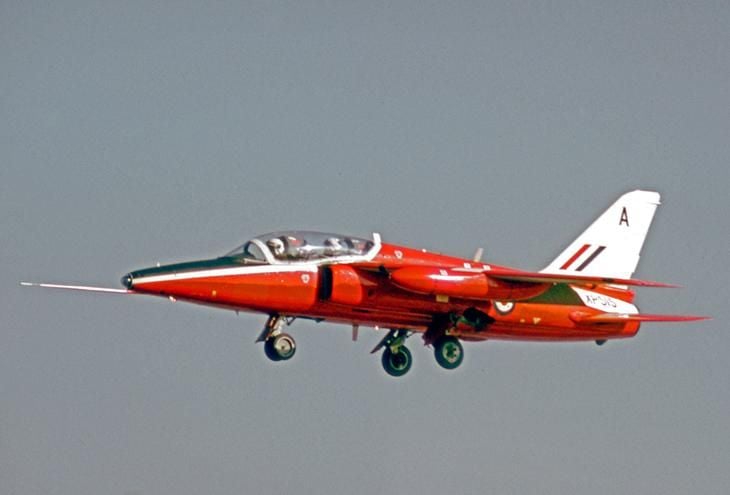
Case Study #4:
The privately developed Folland Gnat was meant for three different roles, reported Flight magazine in 1955: interceptor, close air support, and carrier-borne fighter. It could achieve Mach 1.3 in a dive. It was never adopted as a fighter by the RAF, although the trainer variant was widely used at the RAF’s No. 4 Flying Training School in Anglesey, Wales. How is the Folland Gnat like the insect? Gnats typically fly in flocks; the speedy and maneuverable Gnat was flown by the Red Arrows, the RAF’s demonstration team, for almost 20 years. Score: Meh.
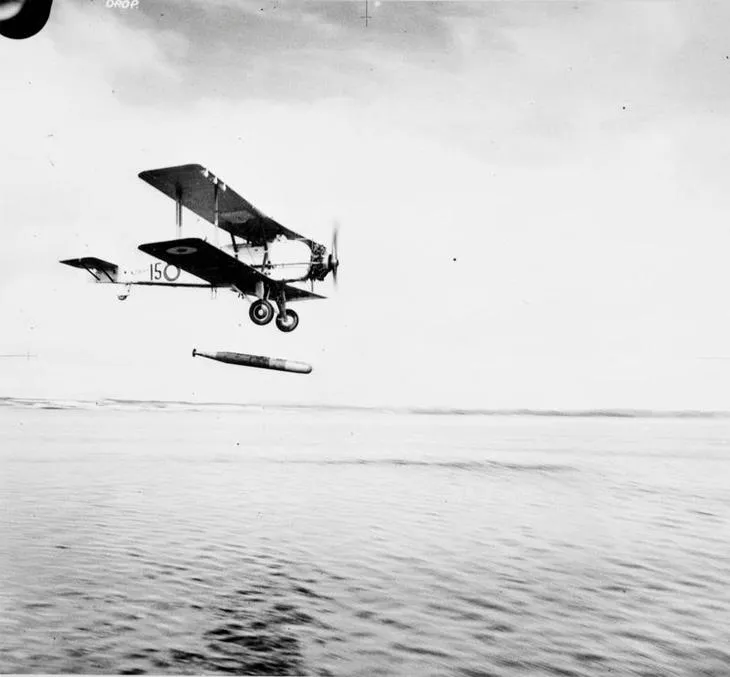
Case Study #5:
Built as a torpedo bomber, the Vickers Vildebeest was a single-engine, two- and three-seat biplane meant to replace the Hawker Horsley. The type first flew in 1928, but it remained in service until 1942, flying against Japanese forces over Singapore and Java during World War II.
How does the aircraft match up to an actual wildebeest? People have not been kind in their descriptions of the large antelope: “The head of the wildebeest is large and boxlike,” reads one of the nicer entries. “It looks like it was assembled from spare parts.... The body looks disproportionate, as the front end is heavily built, the hindquarters slender and the legs spindly.” (So far, so good.) Wildebeest are continually on the move, covering great distances at a slow gallop. The Vickers Vildebeest was large, but actually somewhat smaller than the Hawker Horsley, with a length of 36 feet, 8 inches, and a wingspan of 49 feet. (The Horsley was nearly 39 feet long, with a wingspan of more than 56 feet.) The Vildebeest was faster than the Horsley, with a speed of 143 mph (versus 125 mph), and a range of 1,250 miles (versus 900 miles). Score: Meh.
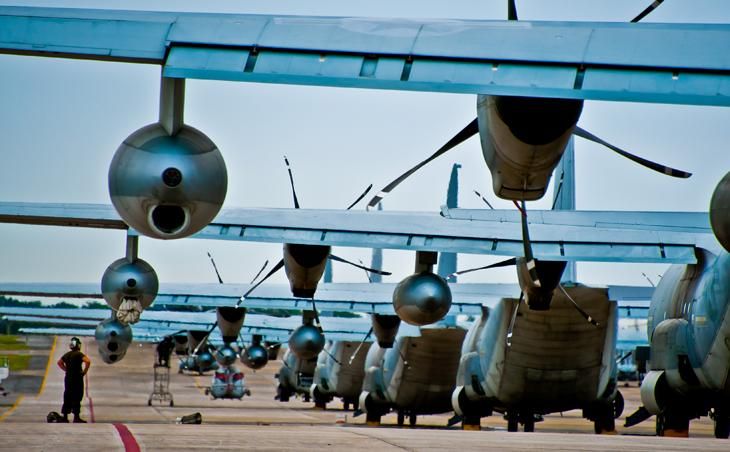
Case Study #6:
There are a number of aircraft named after mythological figures (think Neptune, Scylla, Hermes, etc.), but one of the most beloved is the Lockheed C-130 Hercules. Arguably the workhorse of military aviation, the C-130 was originally designed for cargo transport. Over time, its mission has evolved to include close air support, search-and-rescue, surveillance and reconnaissance, and more.
Does the C-130 earn its nickname? The Hercules of legend is known for his strength and far-ranging adventures. The cargo aircraft fits the bill: it can airdrop loads up to 42,000 pounds or carry up to 92 passengers. The C-130 is used by air forces around the world in addition to civilian cargo operators. Score: Thumbs up.